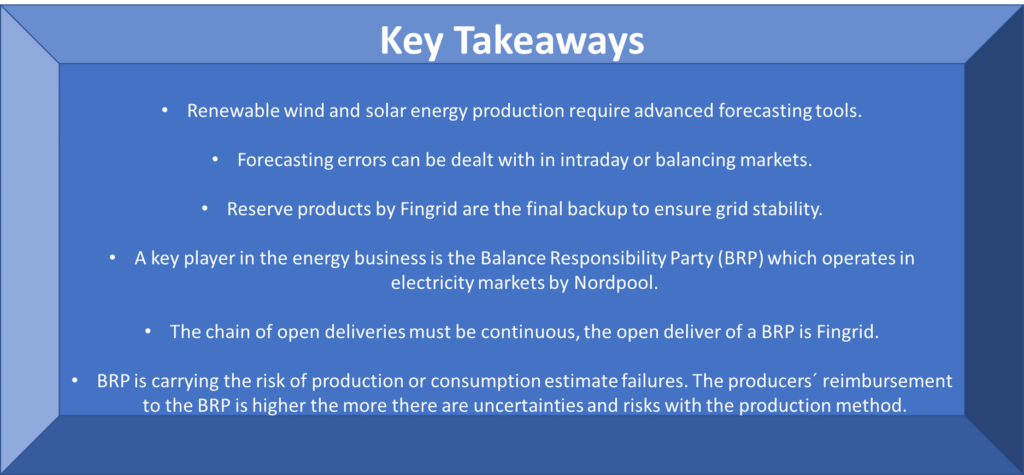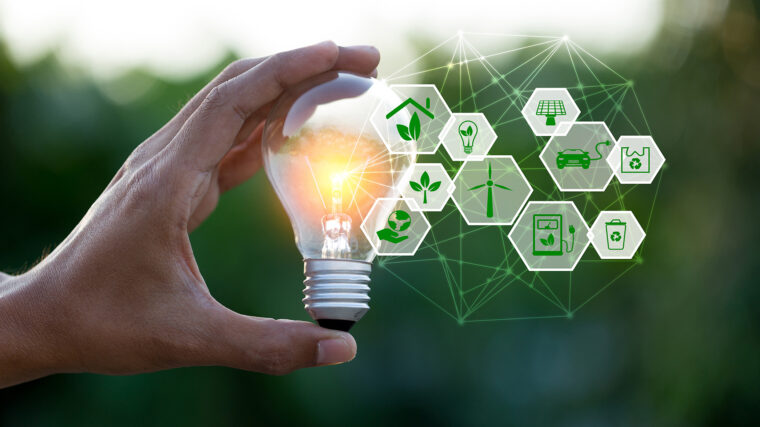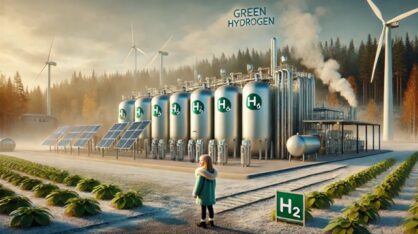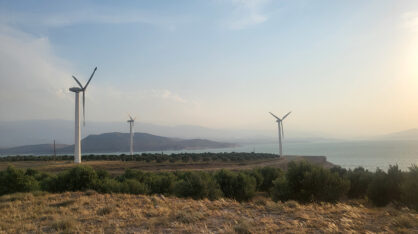In our energy system, both production and consumption vary constantly, and the focal question is how to maintain grid stability and the 50 Hz frequency. This goal is reached by accurate production and consumption estimates, which are based on the utilization of extensive data masses and advanced software utilizing, both Artificial Intelligence (AI) and Machine Learning (ML). Unfortunately, even the best meteorological weather forecasts may occasionally fail, which in turn will result in a surplus or a deficit, especially regarding intermittent wind and solar production. Therefore, our energy system is built up so that there are different backups to secure both the power balance and sufficiency of energy. In Finland, transmission system operator (TSO) Fingrid Ltd oversees the power balance and has five products to secure the grid frequency, in case of failures with estimates and/or actions on the day-ahead (Spot) or intraday (Elbas) energy markets.
Power from the energy technology industry to the energy business
The energy industry can be studied by various approaches and the most traditional one is probably by discussing the energy chain covering the energy source, energy production, energy transmission, and energy consumption. Another approach is to divide the energy industry into energy technology manufacturing companies and companies operating in the energy business. Energy business companies can be, for example, companies producing electricity and heat, transmission companies, and resellers of electricity. Maybe the situation is easiest to understand by an analogy from another industry like transportation. The aviation technology manufacturers provide airplanes to airline carriers, but none of them operate the airplanes on their own. Neither truck nor bus manufacturers operate these vehicles, but their customers transport goods and passengers. In the energy branch, there is a similar situation in that the main technology companies are providing the technical platform, but their clients are the ones producing electricity and heat and transforming these.
Small- and large-scale electricity production
In this article, we will discuss energy production and the emphasis will be on large-scale production. A small-scale electricity producer can usually sell their production to a utility or electricity reseller company, and that is a simple procedure. The buyer in this case takes care of the trading of the electricity, and the small-scale production will go to the energy balance of the buying party (figure 1). The situation is different when we discuss large-scale production because no player will accept large amounts of electricity and responsibility into their balance without a contract of an open delivery.

Regarding energy production, the focal concept is the chain of open deliveries (avointen toimitusten ketju, in Finnish). This means that every operator producing (supply) or selling (demand) electricity must have a so-called “open deliver” as a backup if the operator fails with the production or consumption estimate. The Balance Responsibility Party (BRP) is usually the open deliverer (avoin toimittaja) to a large-scale energy producer and Fingrid is the open deliverer for the BRP. These open deliveries are marked in Figure 1 with green arrows. In Finland, there are in total of 54 companies having the status of a Balance Responsible Party. These players can roughly be divided into two categories; the ones who provide these balancing services only within their own energy concern and those who provide these services to all large-scale energy producers.
Unfortunately, there is a very strong economy of scale in energy production – big is beautiful. For example, you need to have a high wind turbine tower to reach adequate wind speed, the average wind speed close to the ground is just not enough for any profitable investment. Also, if you would like to purchase one or two 3-megawatt turbines hardly any turbine manufacturer is willing to sell these because technical maintenance is not profitable enough. In the past, it was possible to deploy even small wind farms with few turbines, however, this is hardly (figure 2) possible anymore.
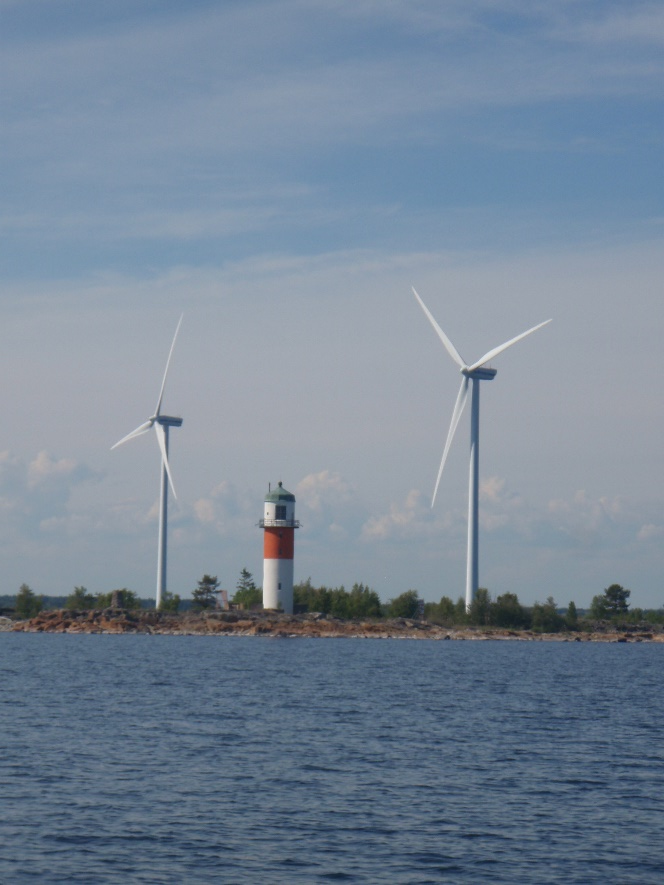
Balance responsibility
When developing and operating a new wind farm consisting of e.g. ten turbines, there are various options for how to use the electricity. One option could be to find a large-scale electricity consumer from an industry, who will buy the whole production, and they might have an electricity balance of their own. Another option is to sell the electricity to the electricity day-ahead or intraday markets, however, in this case, it is necessary to have a Balance Responsibility Party (BRP) or a Reseller (RE) status to take care of this activity. To operate on the SPOT (day-ahead) or ELBAS (intraday) markets you must be reachable as long as your offer is valid (Nordpool 2023). Also, Distribution Supply Operators (DSO; 20 kV) can operate in Nordpool markets and purchase electricity to cover their transmission losses.
Grid connection of the production
Usually, the large-scale energy producer makes a contract with the 110kV powerline owner to deliver the electricity to the grid. In theory, a few megawatt production facilities could be connected as well to a distribution network of 20 kV, but all large-scale wind and solar farms are connected either to the national grid (110 – 400kV) owned by Findgrid or the powerlines owned by another Transmission Supply operator (TSO; 110 kV). Technically the grid connection can be a switchyard or a 110kV transmission line connection (Fingrid 2023). In Finland, there is one national TSO (Fingrid) and 12 regional TSOs , and the local Distribution Supply Operators (DSO; 20kV) are then connected to the powerlines of a TSO. Whether the regional grid operators (110k kV) should be categorized as a TSO or as a DSO is a difficult question and worth a separate article. The large-scale electricity producer usually gets paid by the electricity measurement at the connection point to the 110kV powerlines. Thus, it is good to be aware that there are many transmission and other losses between the production facility and the connection point of the grid owned by the TSO.
If the wind farm is connected to a 110 kV powerline owned by Fingrid, the producer will pay a fixed fee (€/MW) and variable fee (€/MWh) to Fingrid for the electricity transmission. Anyhow, Fingrid is not the purchaser of the produced electricity, and there is always a chain of open deliveries and a Balance Responsibility Party between the producer and Fingrid. The Balance Responsibility Party is the player which usually prepares the consumption and production estimates and carries the responsibility and risks if there is a deficit or surplus of production. The electricity producer must reimburse the BRP for these services and the fee depends on the uncertainty and risk level of the production form. This means that intermittent production, like wind and solar, pays a higher fee for the Balance Responsibility Party than companies providing baseload (e.g., nuclear) energy to the markets. The pricing method for the Balance Responsibility Player can vary, but the backbone is usually euros per megawatt-hour (e.g., 3 €/produced MWh).
Fingrid reserve markets securing the power balance
The daily wind and solar production estimates are done with advanced meteorological tools and comprehensive data because all failures in the production estimates are costly to the BRP or RE. If the day-ahead (SPOT-market) estimate fails, the player can make corrections on the hourly intraday (ELBAS- markets). If there is a sudden and unpredicted storm approaching the wind farm, the final lifeline is to go to the manual Frequency Restoration Reserve (mFRR) -marketplace, which is called as balancing market (säätösähkömarkkinat in Finnish) in Figure 3. The mFRR marketplace is mastered by Fingrid among all other frequency Containment products (FCR-D and FCR-N) and Frequency Restoration Reserve products (FRR). Fingrid as a system operator has the final responsibility for grid stability and masters larger dispatchable loads to secure and support the correct grid frequency of 50 HZ. If there is a too large deviation from this frequency either downwards or upwards, this could have catastrophic consequences and a blackout situation can occur. Some countries have faced a total national blackout situation, and the recovery of the grid can take days (e.g., in Venezuela it took 5 days).

As mentioned, all production estimate failures can be costly to the BRP/RE, and this is the reason why they utilize advanced software with artificial intelligence (AI) and machine learning (ML)to avoid any error in the production or consumption estimation. In the Nordic countries, there is an imbalance settlement player called eSett. If there is an imbalance between the planned and true balance, eSett will take care of invoicing the correct player in the energy system (figure 4).
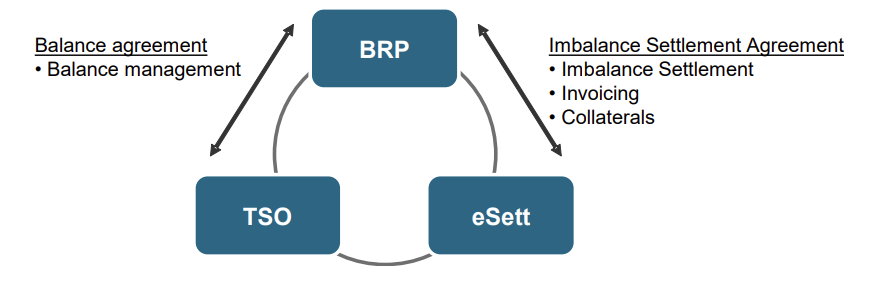
Conclusions
In the energy industry, there are no “free lunches”, and you must pay for the higher uncertainty that is embedded in intermittent production. From a technical perspective, in normal conditions, our energy system operates in a very systematic way, and grid stability and frequency are mastered well by the Balance Responsible Parties and the system operator Fingrid. Nothing happens in the energy systems by chance and the mechanism and roles of different players are clearly defined.
